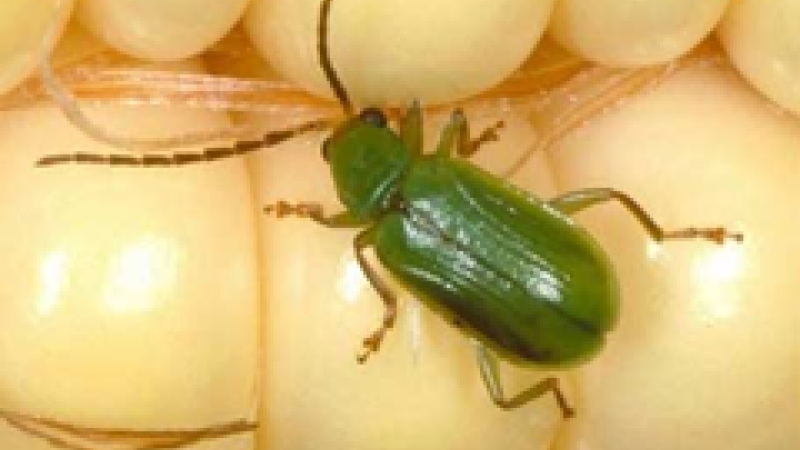Effects of Drought on Test Weight of Corn
Many of us in the Western Corn Belt will soon be in the field harvesting our corn. The question many have is: How will this drought affect our test weight? There are many factors that affect corn yield, one major factor is test weight.
Test weight is a measurement of bulk density or weight of a unit volume of grain (bu/lb). Iowa State University reports that corn test weight values can range from 45 lbs/bu to over 60 lbs/bu. The official minimum allowable test weight in the U.S. for No.1 yellow corn is 56 lbs/bu and for No. 2 yellow corn is 54 lbs/bu. Corn grain in the U.S. is marketed on the basis of a 56-lb “bushel” regardless of test weight. VERY IMPORTANT, test weight and grain moisture are inversely related. The higher the grain moisture, the lower the test weight at that point in time. As grain dries in the field or in the dryer, test weight naturally increases as long as kernel integrity remains intact.

During grain fill drought stress results in premature death of leaf tissue, shortened grain fill periods, increased lodging, fewer kernels, and light kernel weights. Kernel abortion near the ear tip will occur in the two weeks following pollination. Continued drought into the milk stage will result in further kernel abortion and smaller, lighter kernels. Drought that occurs in the mid to late grain filling period (milk, dough, and dent stages) results in decreased kernel weights and premature physiological maturity. Once physiological maturity occurs additional drought stress will have no impact on grain yield. Because drought stress typically coincides with higher than normal temperatures the grain fill period is often reduced.
Late-season foliar leaf diseases (primarily gray leaf spot and northern leaf blight), and ear rots (diplodia, gibberella, etc.) can also adversely affect the test weight of corn. Monitoring your fields for harvest timing will be key to determine when the best time to harvest will be.
2020 has had its challenges: drought, wind (derecho), hail. Managing these challenges and prioritizing fields at harvest will be key to maximize harvested bushels.
Sources:
-
ISU newsletter
-
Indiana Newsletter

